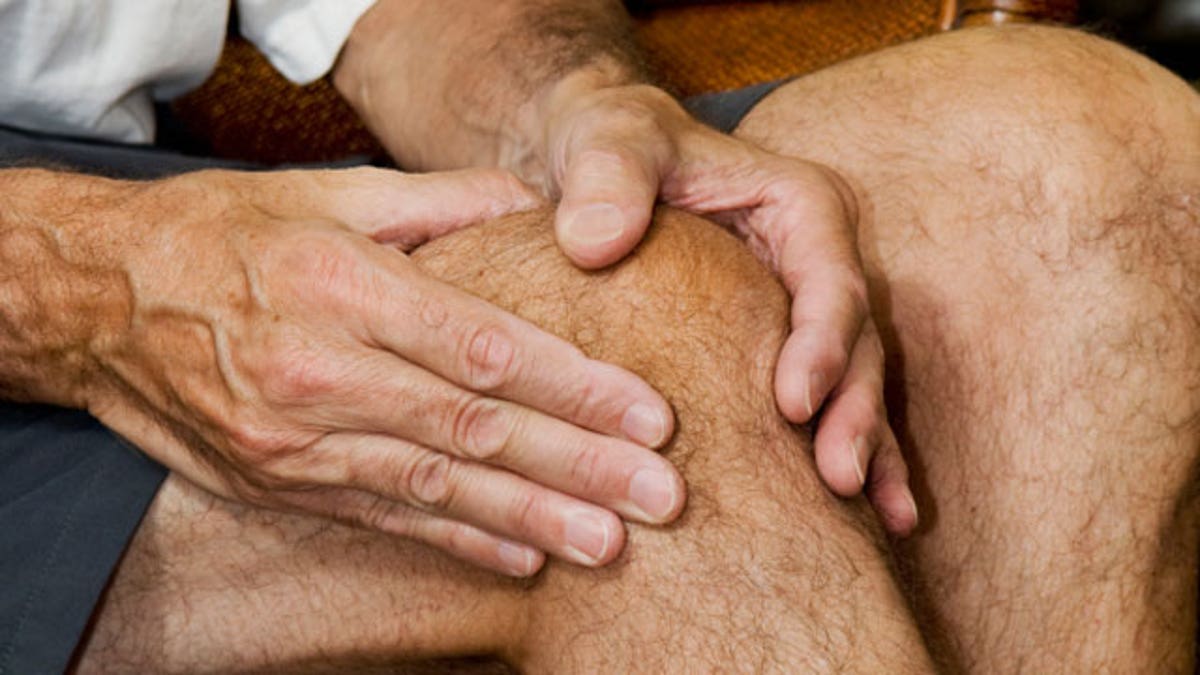
People who have had a knee or hip replacement reap the benefits of intense rehab months after they've returned home, according to a new analysis.
"If you can get patients to a certain threshold level, they can do the rest of the rehabilitation on their own," coauthor Kenneth Ottenbacher said.
"In a sense, these patients become their own physical therapists," he said.
Ottenbacher directs the Center for Rehabilitation Sciences at The University of Texas Medical Branch in Galveston.
He and his team analyzed data from 12,199 U.S. patients who underwent knee or hip replacement between 2008 and 2010. They were all living independently before surgery and were treated at inpatient rehab facilities after the procedure.
Patients were 71 years old, on average, and most were female and white.
The researchers gathered information on patients' ability to function at three time points: when they were admitted for surgery, when they were discharged from the rehab center and three to six months after discharge.
The functional measures covered everything from eating, bathing and climbing stairs to memory. Criteria were scored on a scale of 1 to 7, with higher numbers representing better functioning.
When it came to their ability to move around, patients entered surgery with an average score of 1.6 on that scale. That improved to 4.2 at discharge and 5.6 a few months later.
Because of high costs, not all hip and knee replacement patients can be referred to inpatient rehabilitation facilities with constant doctor oversight and intense one-on-one care.
"Generally the patients who get referred to these facilities are having other health problems," Ottenbacher said, like diabetes or heart disease.
Patients in his team's study typically entered surgery with multiple complicating health problems.
"I think this study confirms that acute rehab is a good investment," Dr. Robert Bunning said.
Bunning directs the arthritis program at MedStar National Rehabilitation Hospital in Washington, D.C., and was not involved with the new study.
Hip and knee replacements are common procedures for older patients that will only increase as the population ages, and hospitals want to know how to do these surgeries most efficiently and cheaply, Bunning said.
In 2010, a total of 719,000 knee and 332,000 hip replacement surgeries were performed in the U.S., according to the Centers for Disease Control and Prevention.
Meanwhile, research presented at the American Academy of Orthopedic Surgeons annual meeting in 2013 predicted first-time knee replacements will increase 673 percent to 3.5 million by 2030. In the same time period, hip replacements are expected to jump 174 percent, researchers led by Steven M. Kurtz of Drexel University in Philadelphia found.
"The cost of acute rehab facilities should be considered a reasonable expense," Bunning said. "It's a good treatment and should be affordable for all patients who show the need for it clinically."
But to answer the question of continued function five or 10 years post-surgery, a study would need a longer follow-up time, said Jay Magaziner, an epidemiologist at the University of Maryland School of Medicine in Baltimore.
"As patients move further away from the surgery and rehabilitation, they tend to settle into their usual patterns before the replacement," he said. "And this means that their functionality may decline again in the future."
Magaziner studies hip fractures but was not part of the new research.
People who exercised regularly before the surgery will probably resume their active lifestyles, but, "and this is some speculation, some patients may start to decline if they return to a slower pace," he said.